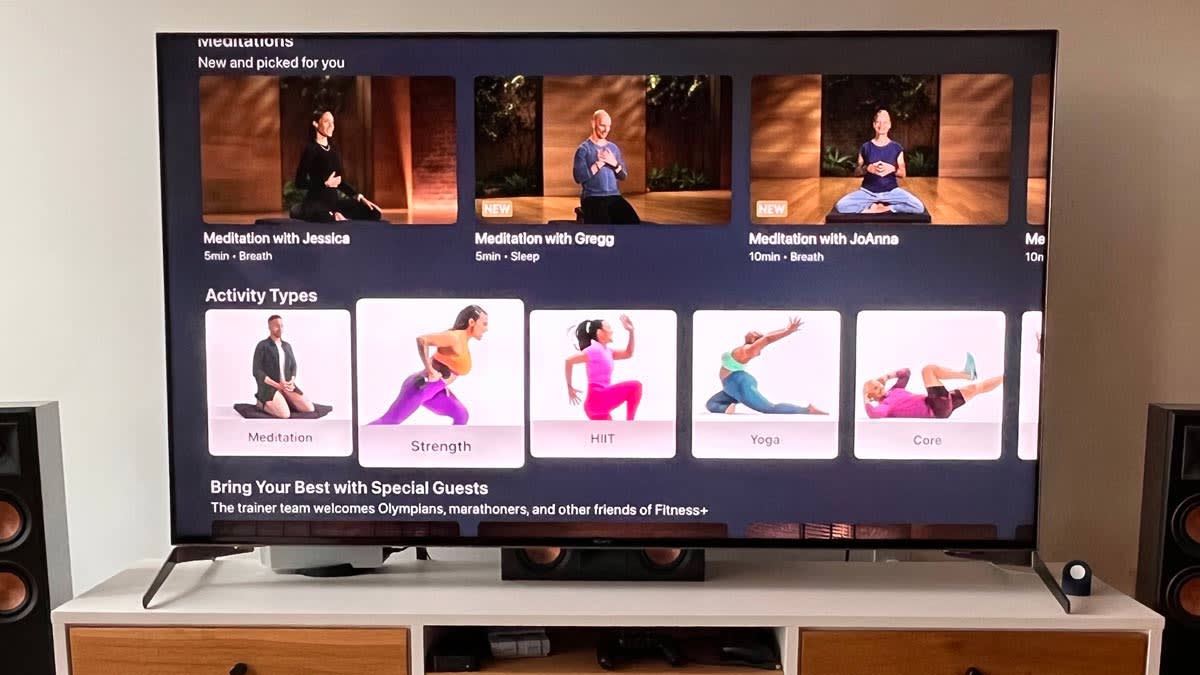
But the platform isn’t necessarily a good fit for everyone. Yael Grauer, a program manager at CR specializing in cybersecurity, tried it out and says she was disappointed by the lack of comprehensive training programs, like a cohesive long-term program to build strength. The Custom Plan feature does feed you a personalized schedule of workout videos, but they don’t build to a goal or become more advanced over time.
Erin Nitschke, a certified personal trainer and scientific adviser for the American Council on Exercise, explains that home workout videos—which typically rely solely on bodyweight exercises or else light dumbbells and resistance bands—may not be the best option for someone looking to build significant muscle. “While some home workouts incorporate resistance training, they can lack the heavier loads needed for muscle growth,” she says, though they’re “great for cardiovascular fitness, endurance, flexibility, and general strength maintenance.”
You also miss out on the personalized instruction you get during an in-person class or session with a trainer. While most Apple Fitness+ videos offer modifications to moves, you may need the real-life support of a professional if you’re dealing with injuries or mobility limitations, Nitschke says. “Without a professional monitoring your form,” she says, “there’s a higher risk of improper technique, which could lead to injury.”
While I like that there’s no need for gym equipment—or a pricey gym membership—others feel differently. Misha Banner, a user experience manager at CR, couldn’t go to the gym during the height of COVID-19 lockdown, so she tried Apple Fitness+ at home instead, mostly doing yoga videos. They were decent, she says, but she canceled her subscription once gyms reopened. She prefers getting out of the house, she says, plus having access to a full range of machines and weights.
That’s in line with Nitschke’s advice, too. “The best workout is the one you enjoy and can stay consistent with,” she says.









